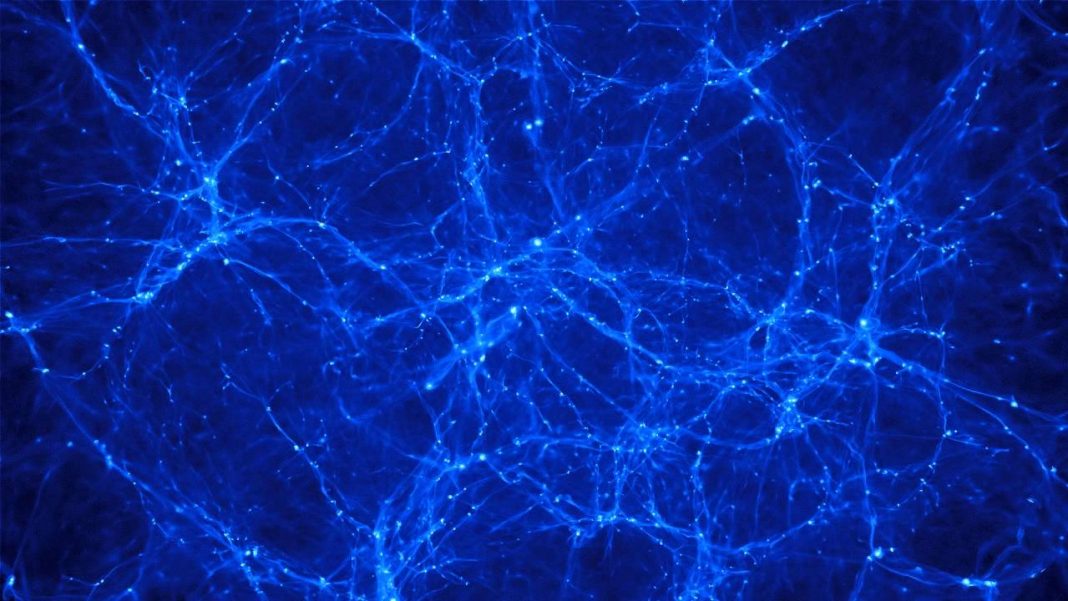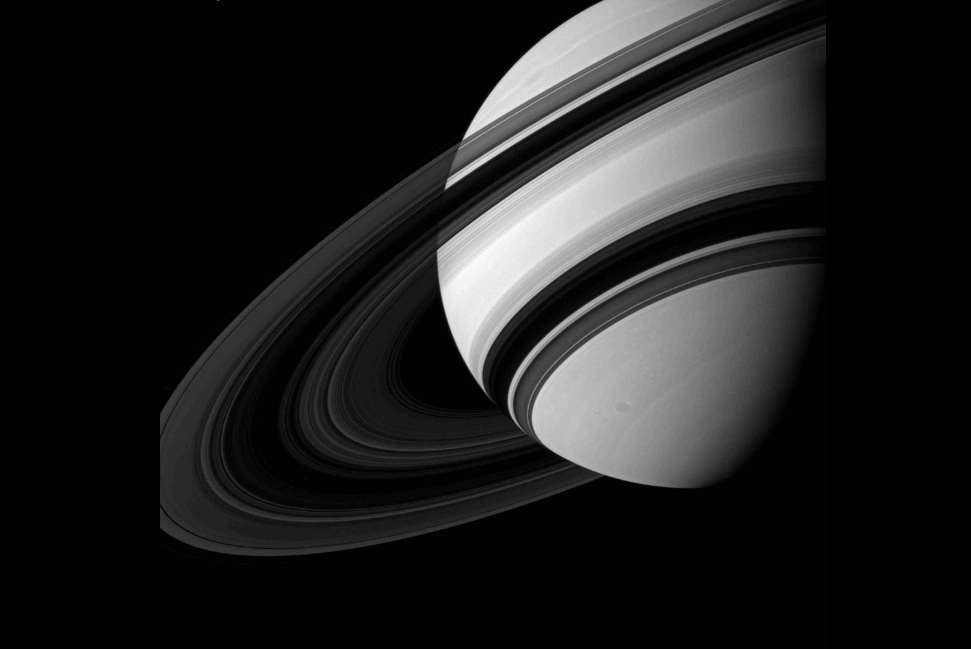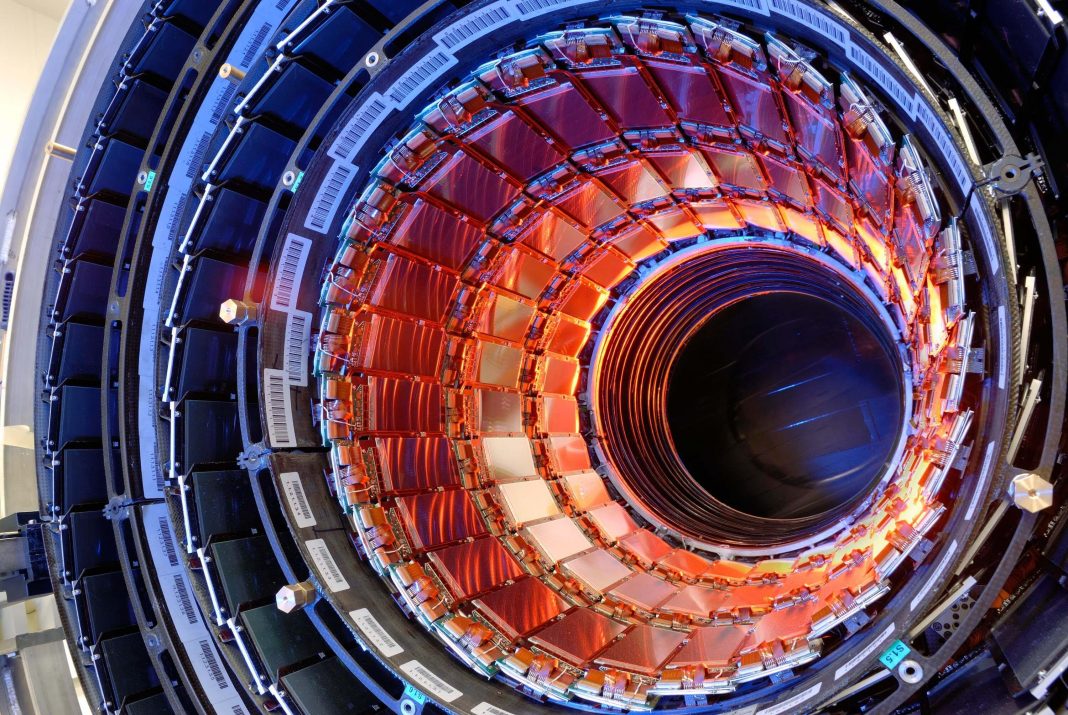A group of researchers have used the double quasars to measure the small-scale fluctuations that occur in the cosmic web. These measurements may help scientists reconstruct what really happened all those years ago in a space in time known as the epoch of reionization.
In the barren regions between galaxies, only a few atoms are found per cubic meter. However, this diffuse material still accounts for the majority of atoms in the universe. So, a team of experts from the Max Planck Institute for Astronomy (MPIA) set out to measure the ripples in this primeval hydrogen gas.
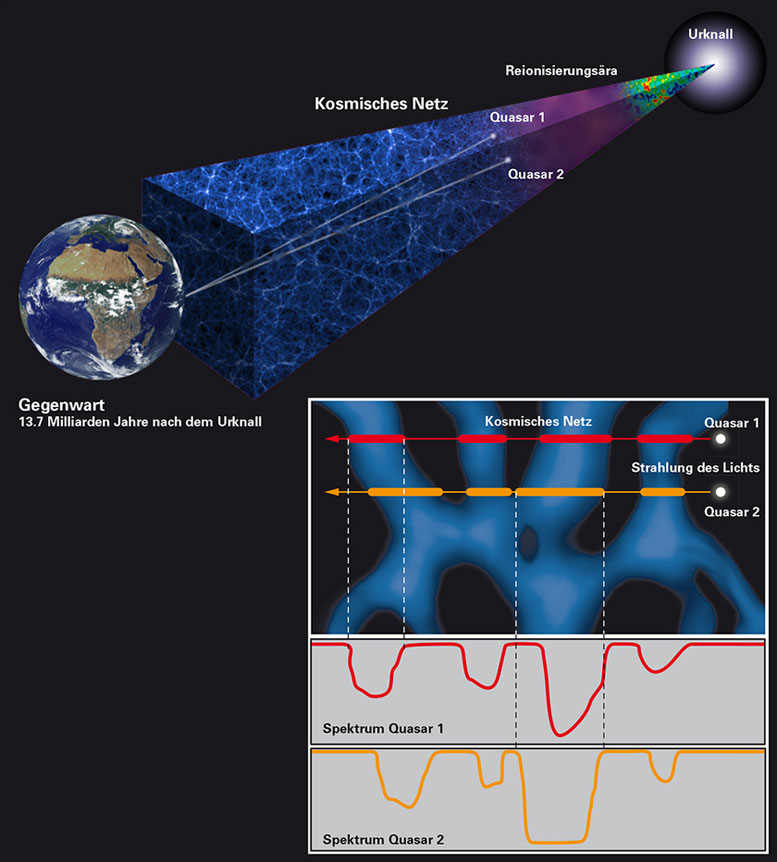
Intergalactic gas isn’t like normal gas as it emits no light of its own so in order for astronomers to study it, they had to indirectly observe how it absorbs light coming in from the quasars. But, quasars are relatively rare and typically located millions of light years away from one another, making them difficult to capture.
To probe the cosmic web on a smaller scale astronomers used a rare pair of quasars that were located next to one another to measure the differences in the absorption of the atoms at both sightlines. Alberto Rorai, a post-doctoral researcher at Cambridge University and lead author of the study said, “One of the biggest challenges was developing the mathematical and statistical tools to quantify the tiny differences we measure in this new kind of data.”
Some of the largest telescopes in the world were used to obtain the measurements, including the Keck telescopes located at the summit of Mauna Kea in Hawaii and ESO’s Very Large Telescope on Cerro Paranal. These measurements were then compared to simulations of the formation of cosmic structures from the time following the Big Bang right up until now. “The input to our simulations are the laws of physics and the output is an artificial Universe which can be directly compared to astronomical data,” says Hose Onrobe, a post-doctoral researcher at the MPIA.
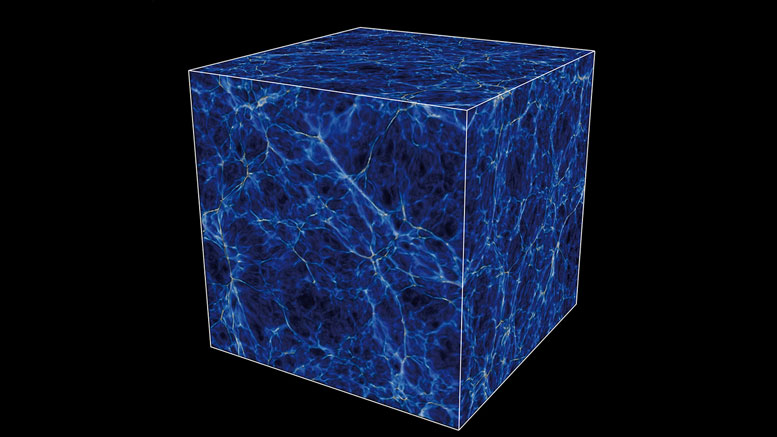
Using a supercomputer these complex calculations can be carried out in just a few weeks. Joseph Hennawi is the leader of the research group at MPIA and he explains, “One reason why these small-scale fluctuations are so interesting is that they encode information about the temperature of gas in the cosmic web just a few billion years after the Big Bang.” Reionization is one of the biggest mysteries still outstanding in cosmology and these new measurements are just what astronomers need to try and gain a deeper understanding as to what happened during this cosmic period.
More News to Read

